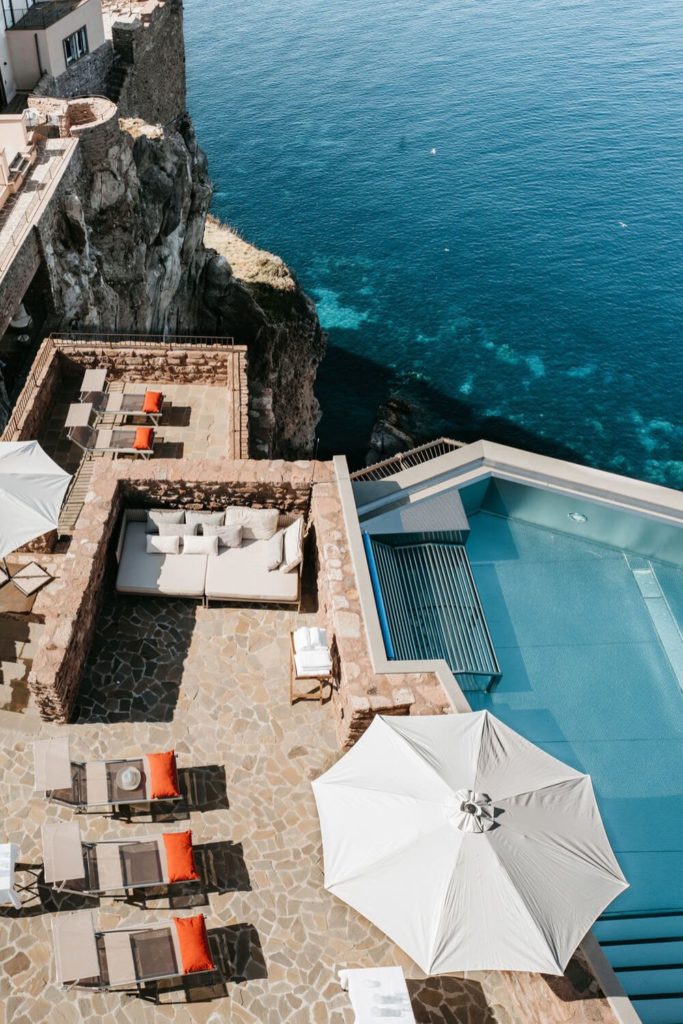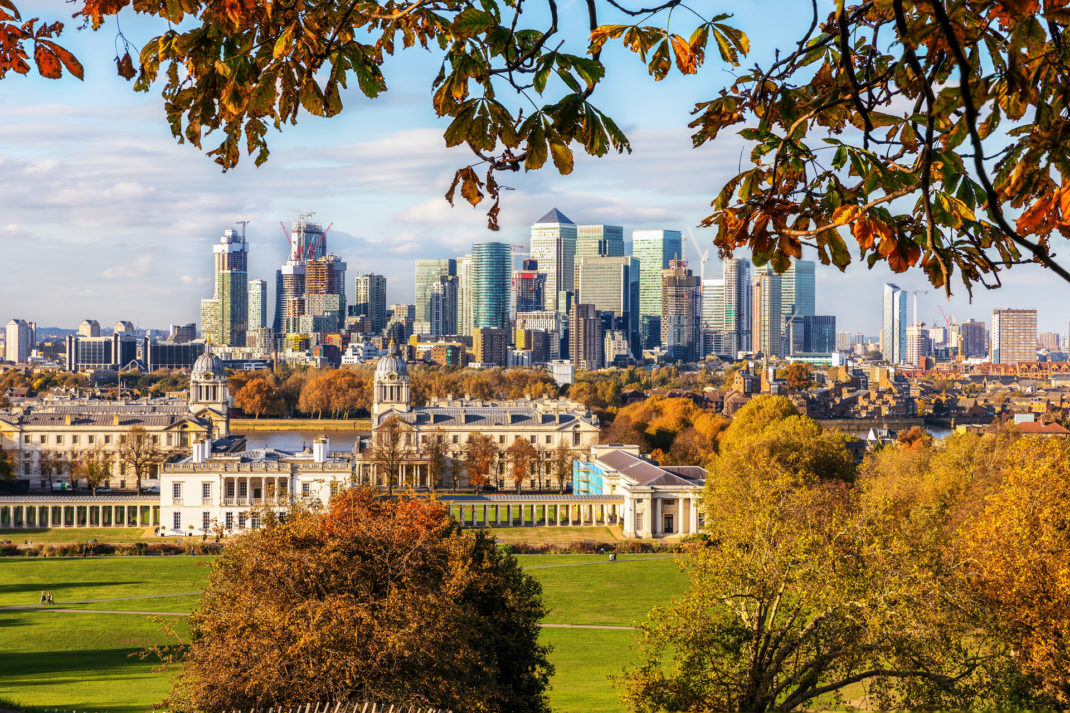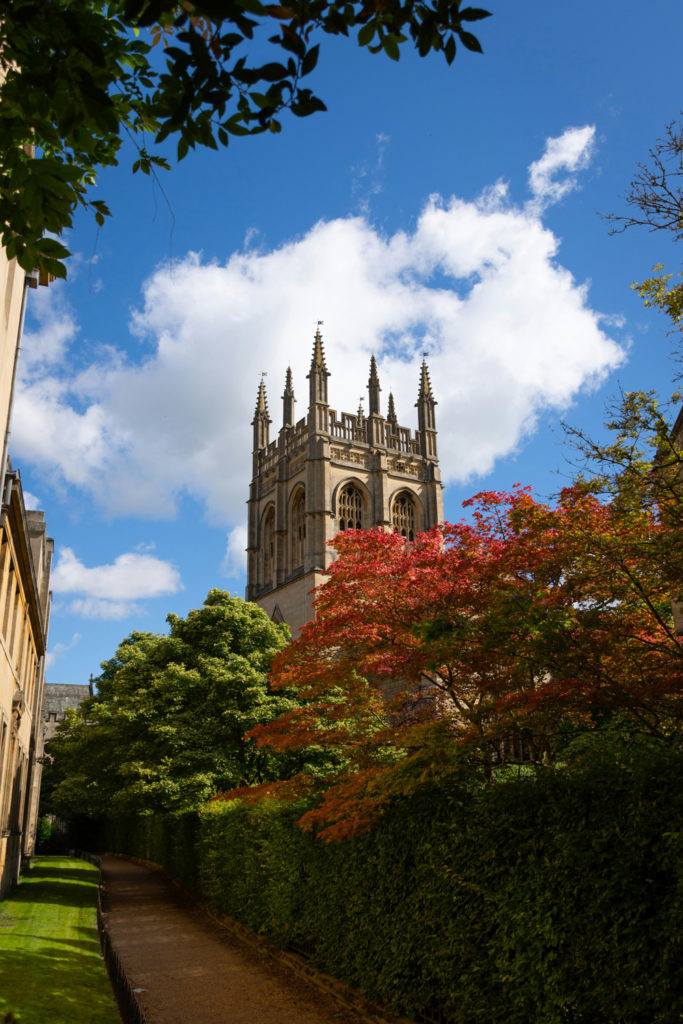What To Do With 36 Hours In Sussex
By
2 weeks ago
And where to stay

Whether walking through spectacular landscapes is your thing, or you’re more at home in chocolate box towns, Sussex truly has something for everyone. Tessa Dunthorne spends 36 hours exploring the county in two halves – here’s your guide to Sussex.
Read Our Responsible Tourism Guide
36 Hours In Sussex – A Guide To Holidaying In The Historic County
I can just about spy the ripple of the Seven Sisters as I traipse over the hill. The iconic cliff face is one of the last landmarks on the South Downs Way hike – which stretches 100 miles between Winchester and Eastbourne – and offers a moment of respite for tired amblers. Because it’s hard not to stop and take in this sight. According to legend, the languorous ripples of chalk are so named for seven sisters who each had a home between the hills, and whether this is fact or fiction, you really do get a sense of jostling siblings in the way each brow gathers.
I have to admit though – I’ve not walked 100 miles. Rather, I parked about 15 minutes away at South Barns, at the recommendation of a local. It’s a cheat’s view, then, but outside of a fleeting trip to Brighton, I’ve never been to Sussex before and the Seven Sisters is one of those postcard images you have to see. I capture its rolling profile with my camera and make the short journey back to the car – downhill this time. And back on the road.
Sussex has somewhere over 60 million visitors each year. The majority of these are Londoners on day trips. Not a surprise perhaps; you need only hop on a train to be in the countryside or at the coast within two hours.
Before my geographical knowledge is decried, I must protest that I’m aware that Sussex is a (historic) county of two (administrative) halves. For the ease of delivering post across its nearly 400 villages and several towns, the county was struck in half in the 1970s. It’s no Berlin, though, and although there is a bizarre movement dedicated to reunification of the county by postcode, travelling across it is a breeze.
There are, also, some real points of difference in how you might experience East and West Sussex. The former, for example, enjoys a buzzy social calendar that feels distinctly seasonal. You visit in the summer in your fanciest garb for Glyndebourne and sequins for Brighton Pride, before donning an anorak for bonfire night in Lewes (where effigies of Donald Trump and Nigel Farage frequently meet a fiery demise). West, though, feels more rugged. The Telegraph claims it has better beaches, and its true that the walks within the county are less interrupted by urban sprawl (and more often by castles – Arundel is in West). Though it still offers cultural attractions – Chichester plays host to its annual theatre festival, and Goodwood has its Festival of Speed.
With so much to see, then, I’ve ditched the day trip. With 36 hours in Sussex, what is there to see and do in England’s sunny south? And where’s good to stay?
What To Do In Sussex On A Long Weekend
Sussex is made up of a chocolate box collection of villages and towns worth exploring. Forgo the obvious – you’ve probably been to Brighton before. Try Lewes instead. This East Sussex gem has a lively high street made up of a tapestry of gabled buildings dating back to the 16th century and modern, bright shops. Explore the historic home of Anne of Cleves, and nearby enjoy an ice cream in medieval Southover Grange Gardens (the Hatch here sells decently priced organic scoops). Then fire your calves by making the trek up Keere Street – George IV apparently rode a coach down here on a bit of a thrill seeking mission. Those roadtripping should check out the flea market in town, too, as it’s an Aladdin’s Cave of treasures to fill up your boot.
You’d be remiss to go to Sussex and not try the tipples. The meteoric rise of English wine is, largely, centred on sunsoaked Sussex. The county produces the sparkling stuff particularly well because of its chalky soil – sharing a bedrock with Champagne that runs across the entire English channel. And, yes, also because of climate change.
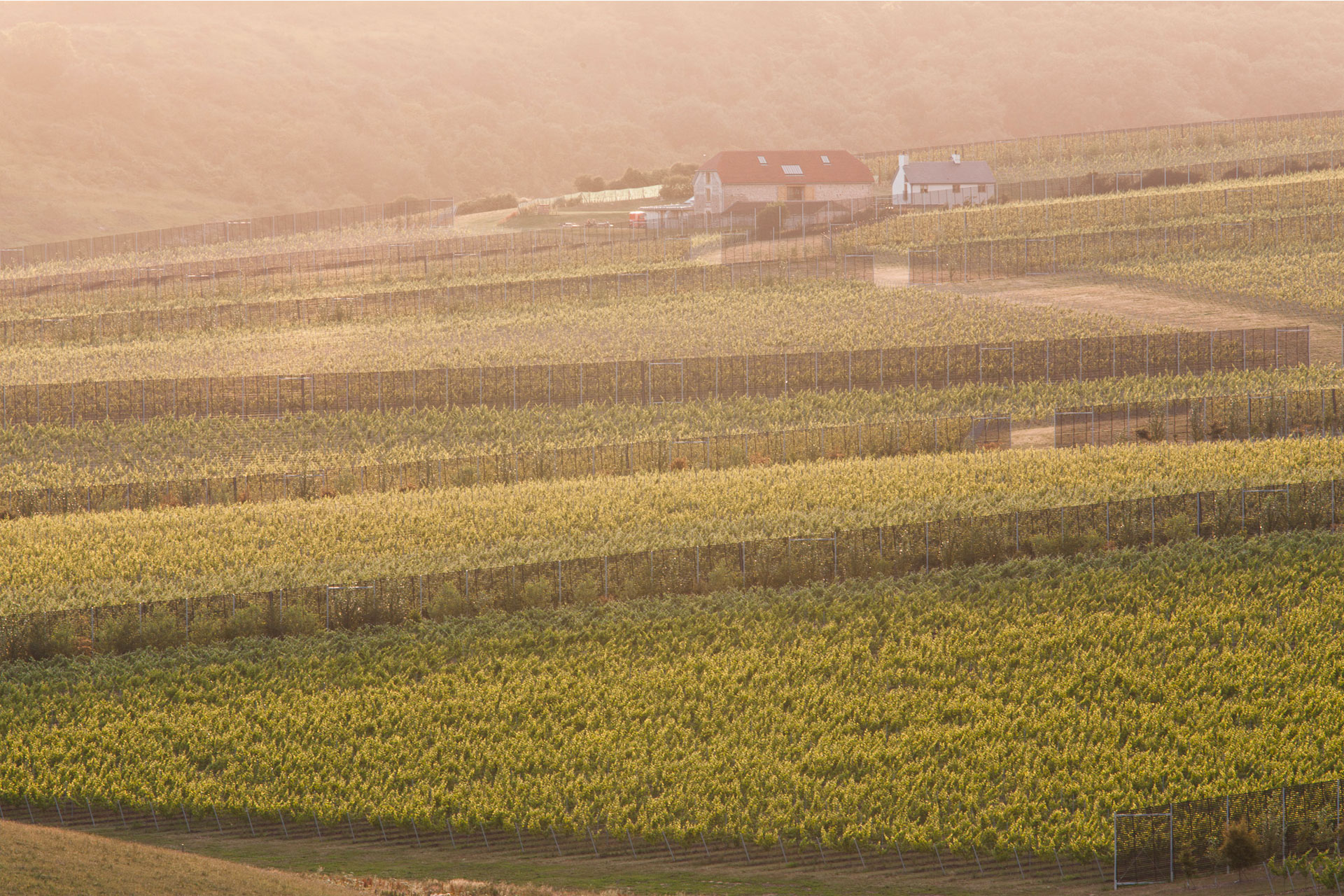
The Rathfinny vineyard
There’s now a staggering 140 wine estates to swing by in Sussex. My pick of the litter is Alfriston’s Rathfinny Wine Estate, primarily because on a roadtrip it offers a reasonably priced hotel and tasting package (more on that later) – meaning you can get a buzzed while there. Family-owned by Mark and Sarah Driver, and by relative standards still in its infancy (founded in 2010), Rathfinny’s sparkling is mega. The wine tasting doesn’t just have you sipping and spitooning – rather it will take you on a tour of the vineyard and into the production room. Refreshingly the team are super climate conscious – it’s a B Corp – and don’t give you the ‘it’s getting warmer, this is great for us’ spiel. Rather, they’re acknowledging that English wine may benefit from global warming, but also that this will create adverse weather conditions. They’re doing their bit by providing wildlife pathways, improving biodiversity, and having these conversations. This is backed up by the vino. Rathfinny’s red is one to make a point of trying – it’s proof that English stills can standup to other nations’ wines. It’s not a thuggish number, but English countryside-delicate without being too thin. A summer red.
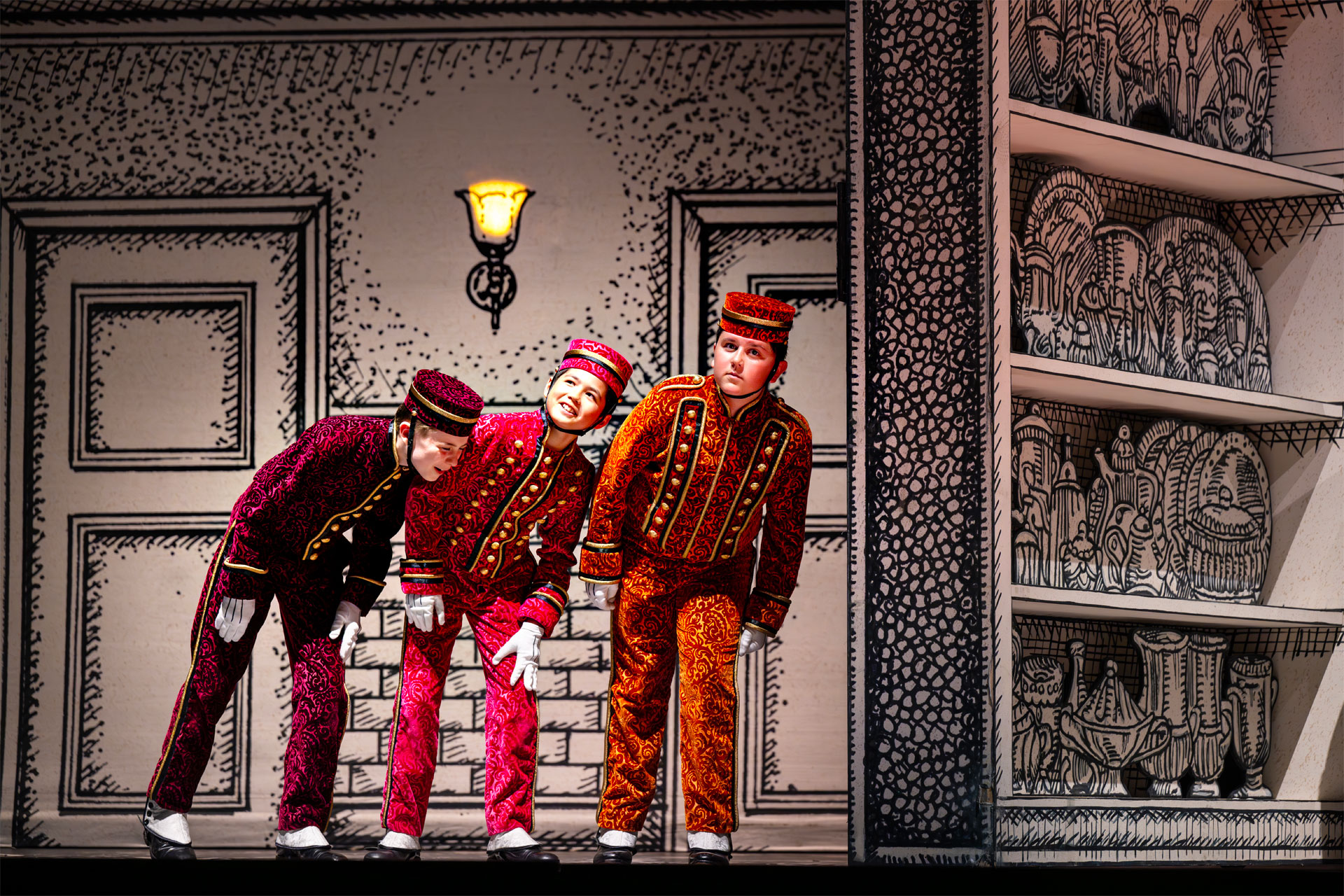
Die Zauberflöte © Glyndebourne Productions Ltd. Photo: Bill Knight
If you’re visiting in the summertime, go to Glyndebourne. The summer festival runs each year from mid May to late August and offers fabulous programming. Carmen, Tristan und Isolde and Giulio Cesare are the three to see before the close of sunny season. What’s marvellous about Glyndebourne is the rare opportunity to wander its glamorous gardens – and with a dress-up mandate, you’ll feel as though you’ve stepped onto the set of a film. The operas however take place within the air conditioned auditorium, offering respite from any heat (if you get the weather on the day you visit). Be sure to bring a blanket and picnic – or pre-order a traditional one made by the festival’s team which are less tin foiled sarnies and more local chicken terrine and strawberry verbena swiss rolls.
And – of course – there’s the walks. The South Downs Way hike is the most famous one, and dropping into a stretch of it is easy by car. But the real joy of Sussex is miles of coastline and uninterrupted countryside. Public rights of way can be found for West Sussex and East Sussex via their respective county councils. And the Seven Sisters really isn’t one to be missed. As sea laps at its chalky foot, the cliff is resplendent white in sunlight.
Where To Stay In Sussex
I mostly chose to stay in a handful of PoB hotels. PoB is a collection of handpicked independent hotels which all have unique charm – from the faux-Medieval Bailiffscourt to the country club-style Park House Hotel & Spa – and because they’re curated, there’s a definite guarantee of high-quality hospitality in each location. For Sussex, they have four hotels to rest your head, and located enough of a distance from each other that a mini-road trip can absolutely be justified.
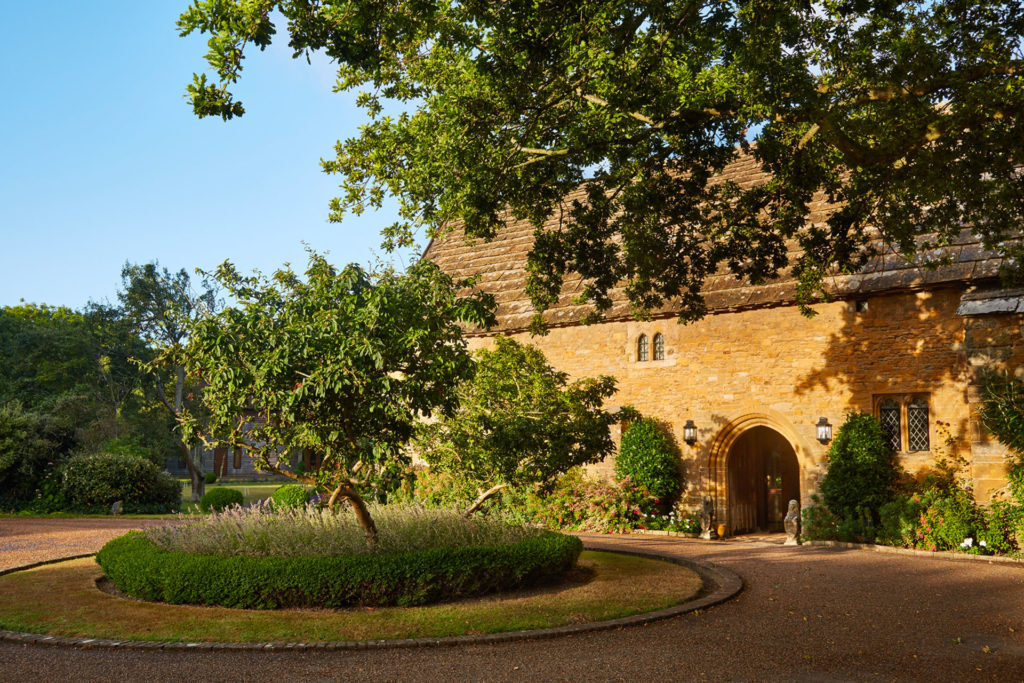
Editor Reviewed: Bailiffscourt Hotel
Bailiffscourt is a fun contradiction – despite medieval feel, the hotel was built in 1927. The 39 bedrooms are styled handsomely in Tudor dress, and sprawl across multiple houses and cottages in parkland (some of which are connected by mysterious underground tunnel). It enjoys a fabulous stretch of coast, where on a private beach you can skip rocks into a gentle sea. Finally, don’t miss the fabulous restaurant, well worth dropping into for afternoon tea in the suntrap courtyard.
Rooms from £380 for two guests sharing a Climping Room B&B, pobhotels.com
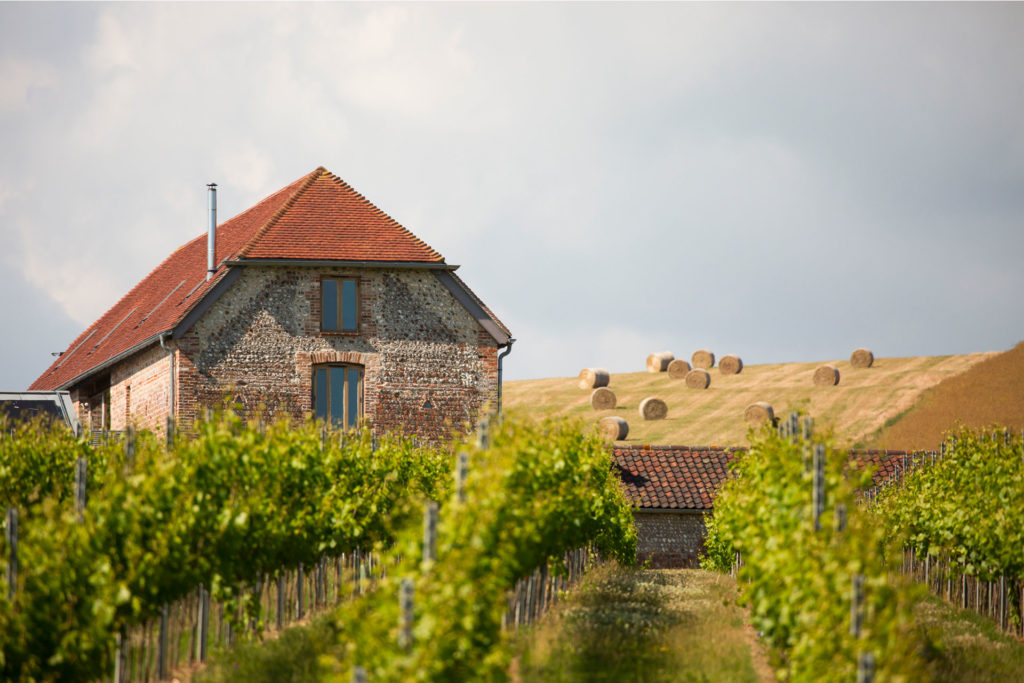
Editor Reviewed: Rathfinny Flint Barns
If you’ve done a tasting at Rathfinny, you should try and stay there, too – it’s certainly easier than having to negotiate a cab back or relegate someone to designated driver status! The Flint Barns are well designed spaces (put together by vineyard co-founder Sarah Driver). All rooms enjoy spacious clean designs that’s a bit modern-rustic-chic, and all have absolutely massive beds. It has the added benefit of a killer restaurant that nails English classics – worth trying is the gnocchi (which at this time of year is paired up with truffles and shiitake mushrooms), but the menu is always changing to keep up with what’s fresh. Obviously drink Rathfinny during.
Packages from £257 for two guests (low-season), and £275 (high-season). More info about what’s included here.
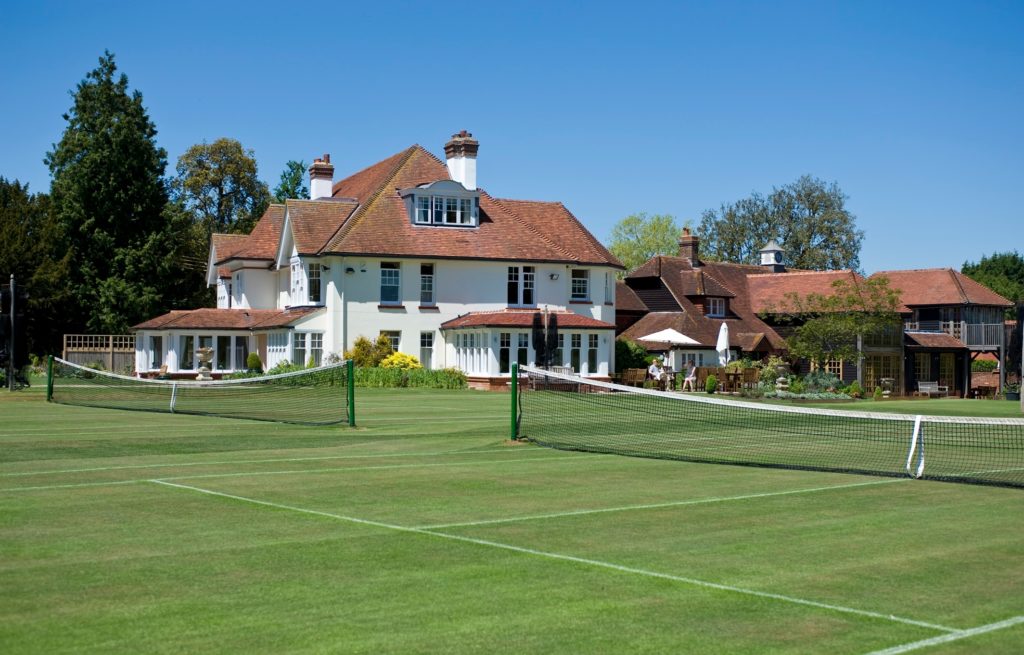
Editor Reviewed: Park House Hotel & Spa
Park House Hotel is very country club in style, and it’s telling that the same clientele seem to return over and over again (70 percent of visitors come back). But no wonder – the team here are compromising, dedicated, and generous in spades. Not to mention they’ve got a knack for nailing your drinks order. Add to this that all 23 bedrooms are smartly finished (many enjoy whopper views of the tennis courts) and you’re onto a winner.
Afternoons here can be well-spent: the spa is a charming little outhouse with both an indoor and outdoor pool – plump for the Voya Total Voyager massage which targets your lymph drainage system. Then roll out for dinner in the little dining room where food is non-pretentious and ultra committed to locality. And then finish off the day with a port from the cheese station. Dreamy.
Standard rooms from £240, based on two people sharing, pobhotels.com
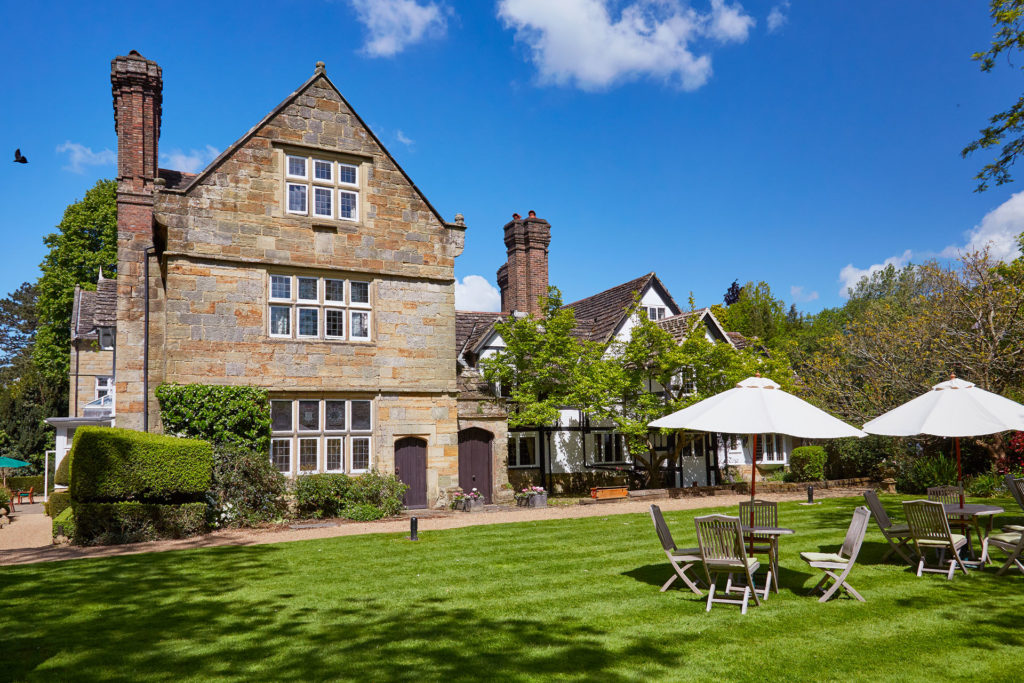
Ockenden Manor
Ockenden Manor is set in the Tudor town of Cuckfield, West Sussex. Enjoying both an elegant drawing room as well as oak-panelled bar, it offers a mature stay only an hour’s drive from London. Read our full review of it here.
Rooms from £281 for two guests sharing a Cuckfield Room B&B, pobhotels.com
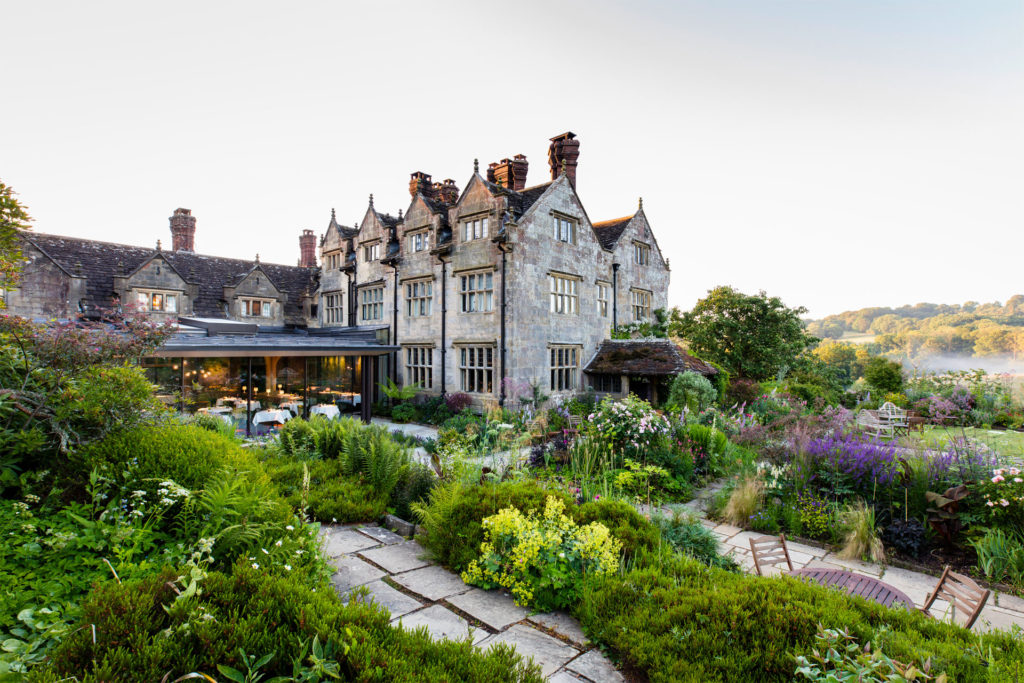
Gravetye Manor
Jeremy and Elizabeth Hosking have sympathetically renovated this Elizabethan Manor-cum-hotel over their tenure. It enjoys an impressive Michelin starred restaurant and a sprawling 35 acres of gardens (originally pruned by visionary garden William Robinson in the 19th century). Read our full review here.
Rooms start from £385 based on two people sharing, pobhotels.com


